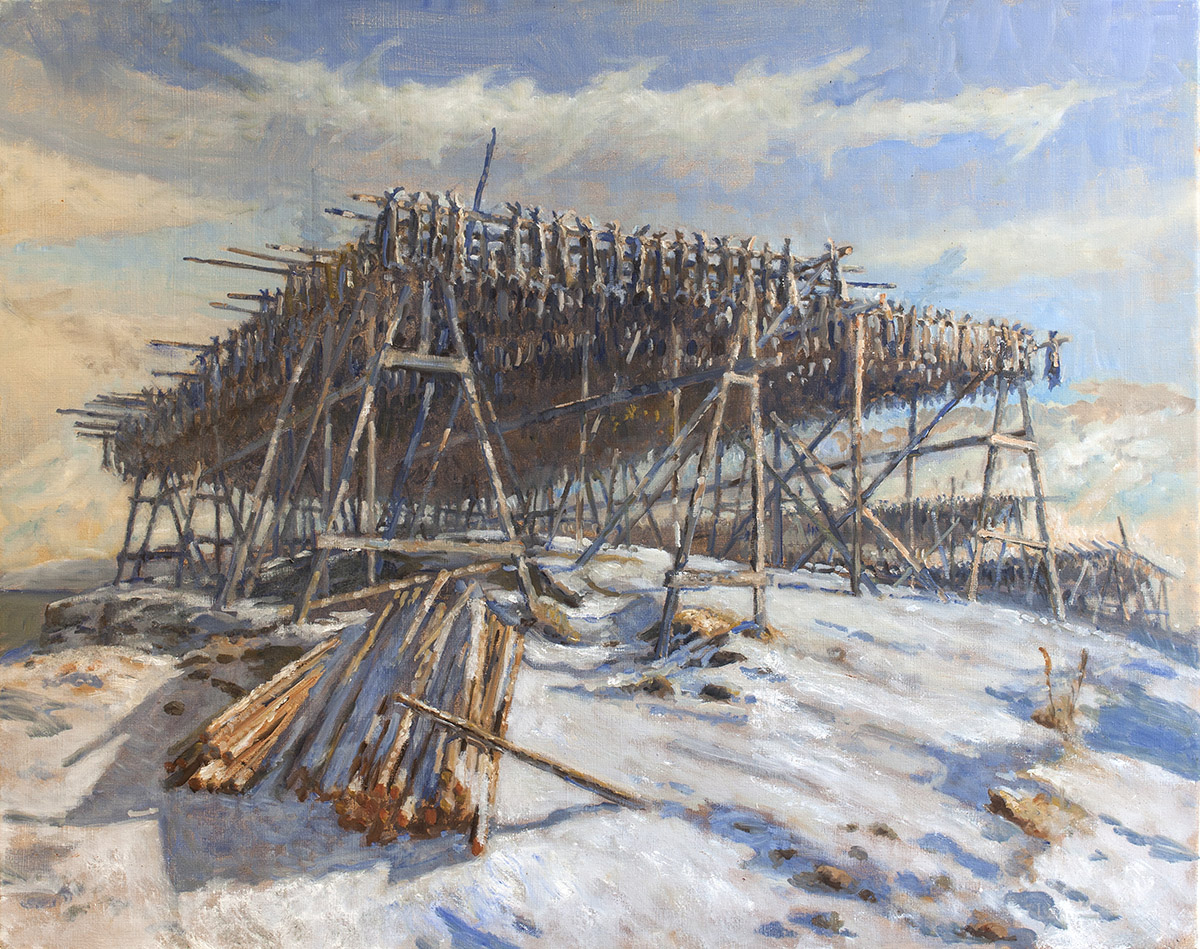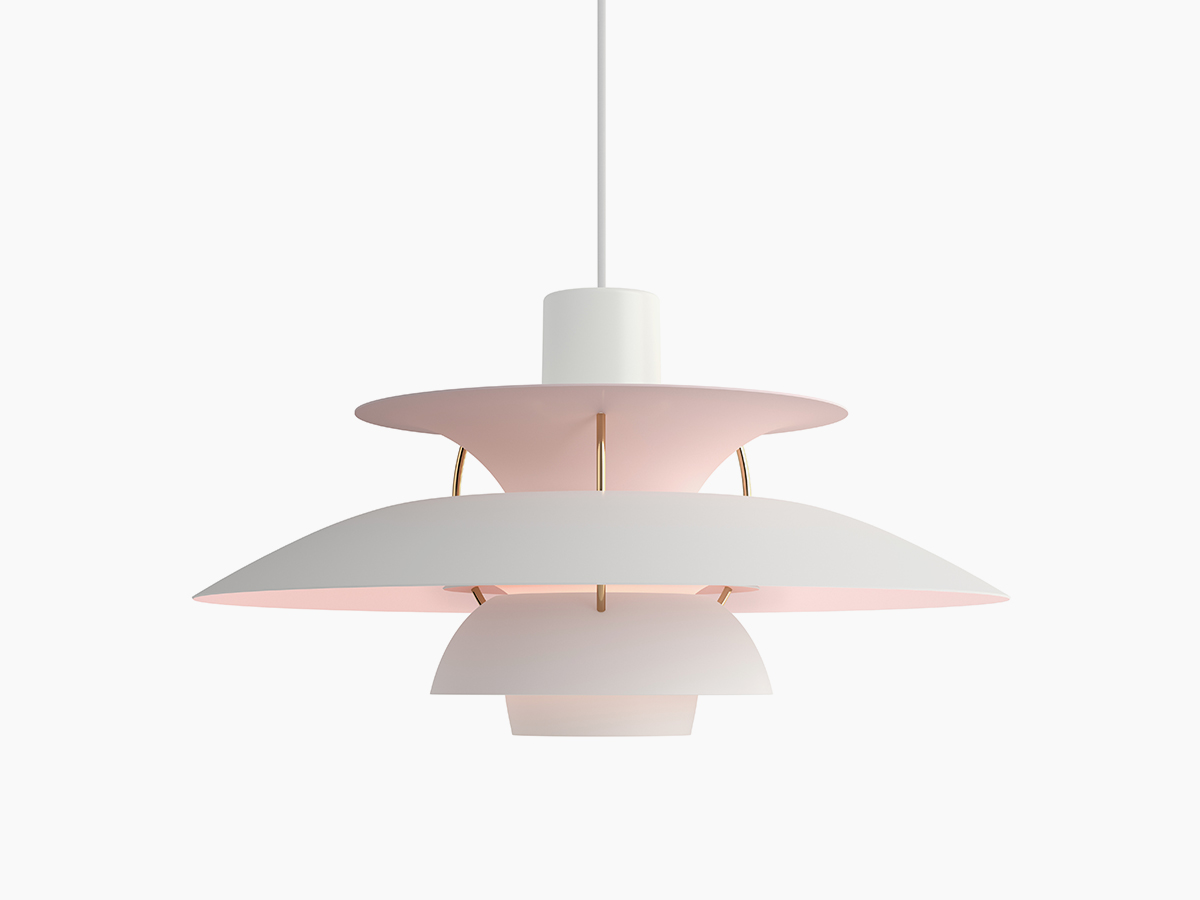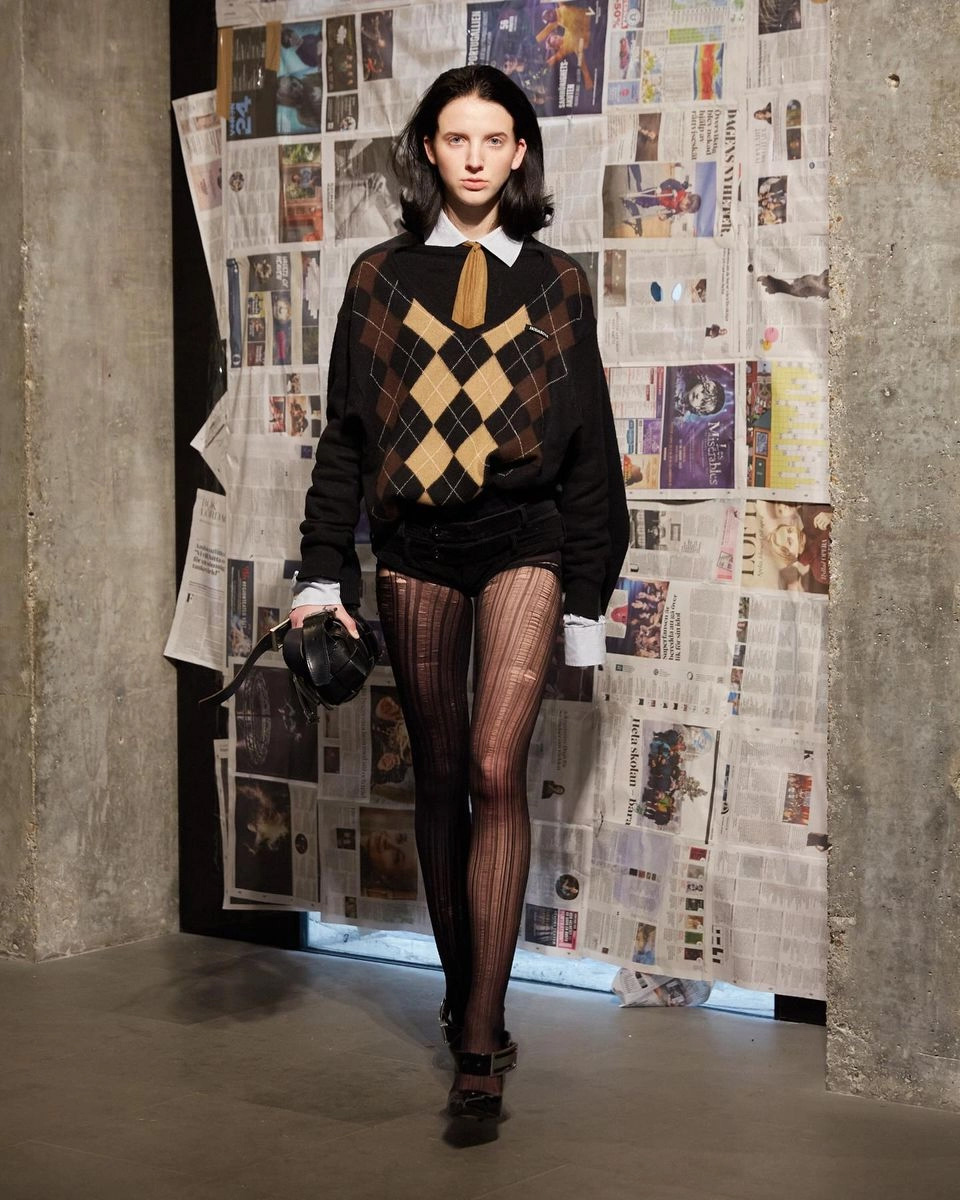Emma Ångström: Sweden’s new thriller queen

With a background in journalism and architecture, Swedish up-and-coming author Emma Ångström is not too bothered about conventions and prestige, having once spent a year live tweeting the lives of two of her main Characters. What matters to her is real exploration of human behaviour, motivations and power structures – something her two novels to date are perfect examples of.
It is like something out of The Bridge: layers of cello and indiscernible cries with heavy reverb. Linnea Olsson’s The
Ocean is beautifully melancholic but invokes an urgent sense that something terrible is about to happen. “I always have playlist specially adapted to whatever writing project I’m currently working on; it helps with getting back into the mood of the book. Music is perfect for setting The atmosphere,” says Emma Ångström, whose current playlist includes Olsson’s track. Ångström works four days a week as head of communications at ETTELVA Arkitekter and spends every Wednesday writing. “It’s perfect,” she says. “If the writing day had been a Monday or a Friday it would’ve been difficult not to see it as a long weekend. In the middle of the week you’re already in the flow of work, then it’s just to keep going. But when I’m working on new projects and not editing I prefer to take a longer chunk of time off so I don’t lose the story – then I might take leave for a while or write throughout the holidays.”
From journalism to occultism
Ångström grew up in Västerås in Sweden and has dabbled in all sorts: from journalism and lighting design to songwriting and architecture. The writing has always been central, she says. “Architecture came into the picture
when I realised you have to have a ‘real job’ to survive, and as an architect you get to combine the artistic and the
rational,” she explains. “I’m 50 per cent emotionalist and 50 per cent structure freak, so I thought it’d be ideal. When I was little I used to draw floorplans of my room and once drew an overview of the holiday village where my mother worked – pretty strange behaviour for a six-yearold, now that I look back.” Another interest from her childhood that has remained intact is that of occultism and voodoo. “I had a dictionary about supernatural phenomena as a girl,” she says. “It’s in tatters!” Now the author has passed on her fascination to one of the main characters of her most recent novel, Mannen Mellan Väggarna (The Man in the Wall), in which nine-yearold Alva, who moves to an apartment block in Stockholm, owns a similar encyclopaedia. Unbeknown to the tenants of the building, it also houses a man, W, who has spent his entire life doubling up walls to create aisles with secret hatches into the apartments in order to sneak in for food and company at night. One day, Alva and W meet, and their lives change forever. The novel has been filed in the occult thriller category. “I’m not interested in writing books for the reader to figure out who the murderer is,” Ångström says. “I want to explore human motivations, write exciting, driven stories that also reveal something more, about relationships, vulnerability, loneliness, shifts in power, societal structures and grief – difficult things that can be made more easily accessible and possible to explore through literature.”
Mannen Mellan Väggarna is to a degree inspired by architecture in a literal sense; Ångström had the idea for the book while working as an architect and drawing a multi-residence house. “I started thinking about all the hidden spaces in an ordinary house – vents, inspection hatches and so on – and it made me wonder what could hide in there without us knowing about it,” she explains. “I’ve always been interested in secret rooms and doors and paths – and I find it fascinating that we live so close to our neighbours without really knowing much about each other, that just on the other side of the wall a whole different life is unfolding.” Ångström’s debut novel, Och Allt Är Förvridet (And Everything is Distorted) is a relationship-meets-suspense novel that was nominated for Nöjesguiden’s Stockholm award and listed as Book of the Month by both Kupé and Elle. While one of the story’s main characters spends much of his time studying the life of his ex-girlfriend through the blinds from the bushes outside, architecture is demoted to the periphery here. The book subtly deals with themes of jealousy and loneliness, mind games and destructiveness, raising more than a few questions about the world we live in and what is seen as acceptable behaviour. “I was very happy when an acquaintance who had read the book said, ‘but this is a feminist book!’. Yes, it is.”
Exploring human behaviour
While the suspense element has remained throughout the two novels, it is perhaps the urge to explain the world
and human behaviour that runs as the most obvious common denominator. From start to finish, this is indeed the
most interesting theme from a reader’s point of view. It is a theme that echoes beyond her writing work and a hint, perhaps, to her wider motivations. “I’m convinced that a place and a room can have a huge impact on us in a number of ways: how we feel, how we behave in our everyday lives, how we work socially and how societal structures come about,” she says of her fascination with architecture. “If we can plan cities and districts in a conscious way, I am certain that we can design away a lot of the problems we see in society today and increase the quality of life for all of us.”
Yet leaving the actual drawing work of the architect behind is not something she thinks twice about. Having worked as an architect for just under two years upon qualifying, she felt that a combination of her interests in writing and architecture would serve her better; she is a communicator first and foremost. “In my role in the office I am responsible for external and internal communications: I write newsletters and press releases, arrange events and seminars, manage social media and the website, present projects, coordinate visualisations and work with branding,” she explains. “It’s a reasonably new role within architecture firms in Sweden, but more and more firms realise the importance of this type of work, which is great.”
Her next book, another occult thriller, will hopefully hit the shelves in 2017. It is set in a Swedish summer idyll and
is, she thinks, a tad more melancholic than Mannen Mellan Väggarna – unsurprisingly so, at least to anyone who
has given her current playlist a listen. One paper recently dubbed her “the new detective noir queen”, something she shrugs off. “A bit odd, seeing as I don’t write detective noir,” she teases. “But I don’t really care much about prestige that way. My goal has always been to be able to keep up the writing. As long as I can do that, I’m happy.”
Text By Linnea Dunne | Photos: Anna-Lena Ahlström
Subscribe to Our Newsletter
Receive our monthly newsletter by email





